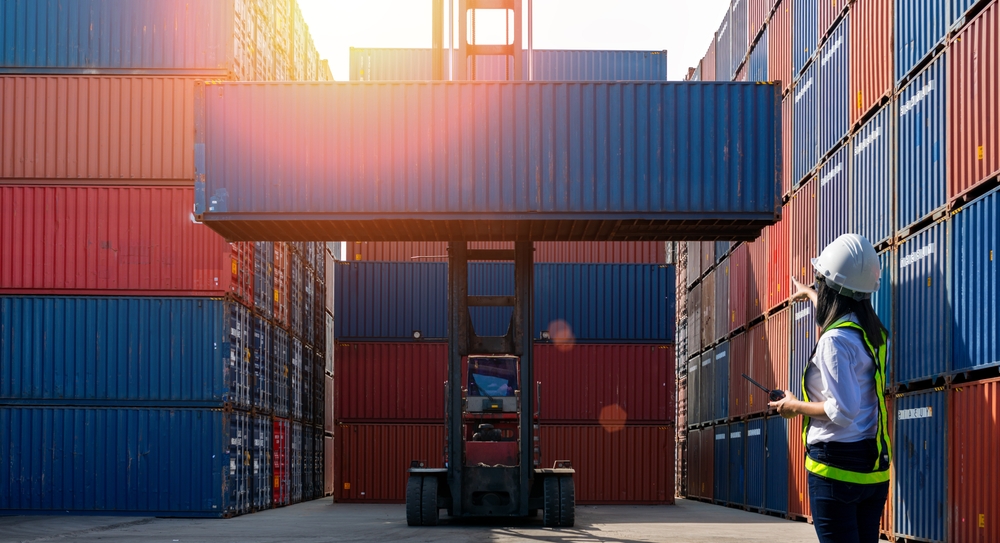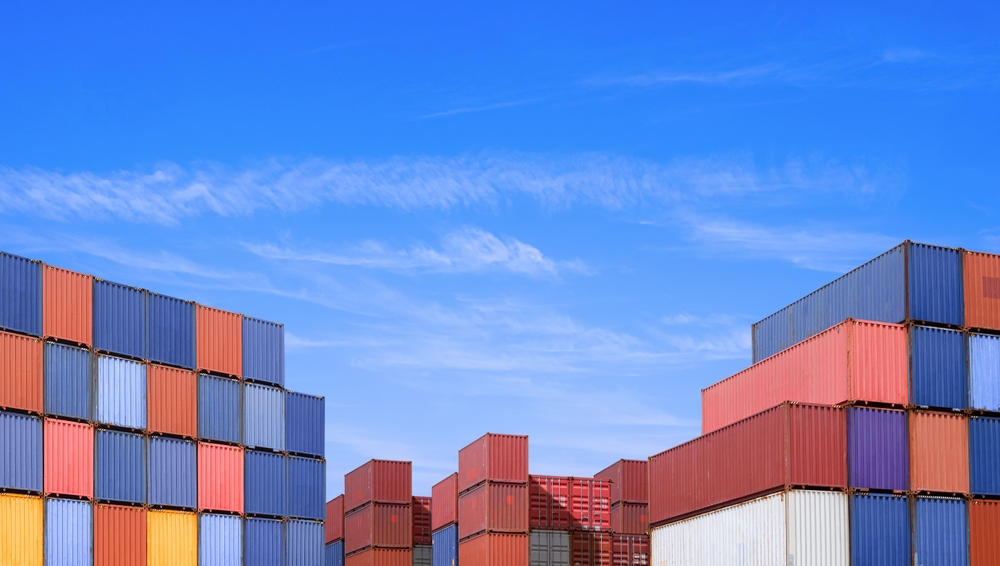The Shipping Container: Revolutionising Global Trade
The shipping container, an unassuming steel box, has fundamentally transformed the way goods are moved and traded across the globe. Since its introduction in the mid-20th century, it has driven efficiencies in logistics, redefined infrastructure, and played a pivotal role in global economic integration. This blog delves into the history of the shipping container, its profound impact on the logistics industry and world economy, the changes it necessitated in infrastructure and labour, and the current trends shaping its role in global trade.

The History of the Shipping Container
Before the advent of containerisation, the transportation of goods across international borders was a labour-intensive and costly endeavour. Known as “breakbulk shipping,” this process required goods to be packed, unpacked, and repacked multiple times during their journey. The inefficiencies of this system increased costs, extended transit times, and made cargo vulnerable to theft and damage.
The concept of placing goods in a closed container and then treating the container as the cargo, goes back to at least the mid-18th century, when coal was transported in the northwest of England in open timber boxes, which could more easily and quickly be transferred from road wagons to canal barges than the coal itself. By the 1920s railways on both sides of the Atlantic had adopted wooden box containers for easier and quicker handling of high-priority cargo such as perishable food and passenger baggage. In 1931 the Southern Railway of the UK introduced the world’s first ship specifically designed for carrying containers, on a service across the English Channel. The following year, the Pennsylvania Railroad in the USA opened the world’s first container terminal in Enola, PA, built to handle and exchange containerised loads moving through its network.
The limiting factor with all these early containers was the lack of standardisation. Each operator developed its own shape and size of container and devised its own way of handling and securing them. This meant that the benefits of containers could only be applied to local systems, not to global shipping.
The revolutionary change came in 1956 when Malcolm McLean, an American trucking entrepreneur, introduced the first standardised shipping container. Earlier containers were primarily designed for transport by rail, but McLean – owner of an American trucking business – saw that designing containers for carrying by ship that could be taken to and from ports by road would be more efficient. McLean’s design allowed goods to remain in the same container from origin to destination.
His containers were larger and longer than the cuboid boxes designed for shipping on railway wagons and were made of steel rather than wood. These were also stackable containers, able to be secured on top of each other and strong enough for the bottom container on a stack to take the load of several other containers. This made full use of space onboard the ship, greatly reducing ‘broken stowage’ (cargo space unused due to awkward-sized or shaped spaces between loads). These benefits were increased with the introduction of container ships (‘box ships’) specifically designed to carry standard containers. All these innovations greatly reduced the cost of international shipping per ton.
By 1961, the International Organization for Standardisation (ISO) adopted uniform specifications for containers, setting the stage for their widespread adoption. Over the decades, these standardised containers became a cornerstone of intermodal transport, seamlessly integrating trucks, trains, and ships into a cohesive global logistics network.

The Container’s Impact on Logistics and the Global Economy
The introduction of the standardised shipping container marked a turning point in global logistics and trade. One of its most significant contributions was the dramatic reduction in transportation costs. By enabling the movement of goods without repacking at transfer points, containers simplified logistics, lowered labour costs, and minimised transit times. These efficiencies allowed businesses of all sizes to participate in international trade, democratising access to global markets.
The efficiency brought by containerisation also spurred an explosion in trade volumes. Between 1960 and 2010, containerisation contributed to a 790% increase in trade, according to estimates by the World Bank. Countries with robust port infrastructures became key players in global commerce, while businesses were able to diversify supply chains and expand their reach.
The container also played a pivotal role in enabling “just-in-time” (JIT) manufacturing practices. By ensuring timely delivery of raw materials and finished goods, containers allowed companies to minimise inventory costs and optimise production schedules. This efficiency has become especially critical in industries such as automotive manufacturing, retail, and consumer electronics.
On a broader scale, the container facilitated globalisation by creating a more interconnected world economy. Countries became increasingly specialised, participating in global supply chains and fostering trade relationships that lifted millions out of poverty. Emerging markets, in particular, benefited as they gained greater access to international trade networks.
Changes in Load Handling, Ship Design, and Port Infrastructure
The adoption of containerised shipping necessitated widespread changes in the logistics and maritime industries. One of the most immediate impacts was the transformation of load handling. Before containers, the loading and unloading of ships were labour-intensive tasks that could take days or even weeks. Containerisation replaced manual handling with mechanised systems, such as cranes, which dramatically increased efficiency and reduced turnaround times.
The shift to containerisation also drove changes in ship design. Traditional cargo ships were not suited for the efficient transportation of standardised containers. This led to the development of specialised container ships, designed to stack containers securely and maximise space. Modern container ships can carry over 20,000 twenty-foot equivalent units (TEUs), a scale unimaginable before the advent of containers. These vessels, however, required advancements in propulsion, navigation, and stability systems to safely transport such massive loads across oceans.
Ports, too, underwent significant transformations to accommodate container shipping. Traditional port facilities were not equipped for the requirements of containerised logistics, prompting the installation of massive container cranes, the expansion of storage yards, and the deepening of harbours to accommodate larger vessels. Ports like Singapore, Shanghai, and Los Angeles emerged as global trade hubs, shaping the economic landscapes of their respective regions. Inland transport infrastructure, including railways and highways, also had to evolve to ensure the seamless transfer of containers from ships to trucks and trains.
Conclusion
The standardised shipping container has had an indelible impact on global trade, revolutionising logistics, enabling globalisation, and reshaping industries. By reducing costs and increasing efficiency, it has driven economic growth and transformed supply chains worldwide. As container traffic continues to grow, the industry faces new challenges and opportunities, from addressing sustainability concerns to embracing digital innovation. Ultimately, the shipping container remains more than just a steel box—it is the foundation of modern trade and a testament to the power of innovation.





